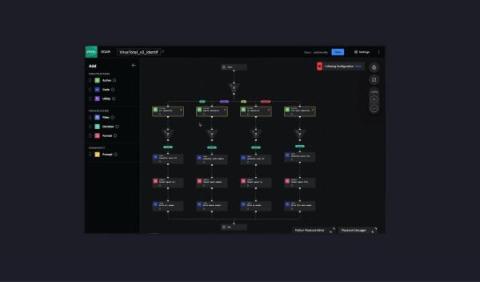Splunk SOAR Playbook of the Month: Cisco Umbrella DNS Denylisting
Given the recent exciting news of Splunk becoming part of Cisco, for this edition of Splunk SOAR Playbook of the Month, we thought what better way to showcase how the combination of Cisco and Splunk can help users achieve more comprehensive security than through a playbook that combines the power of Cisco Umbrella and Splunk SOAR.





